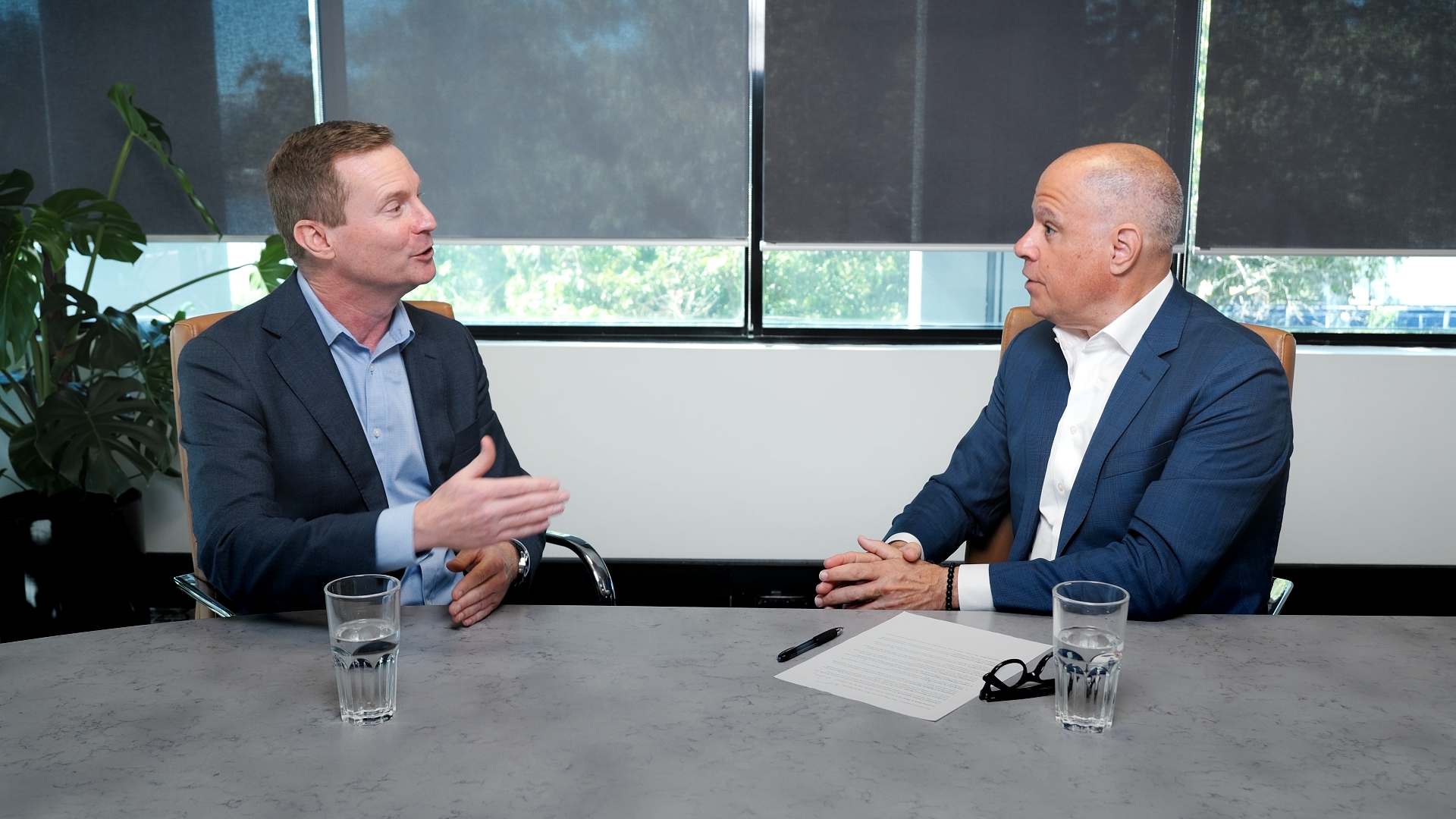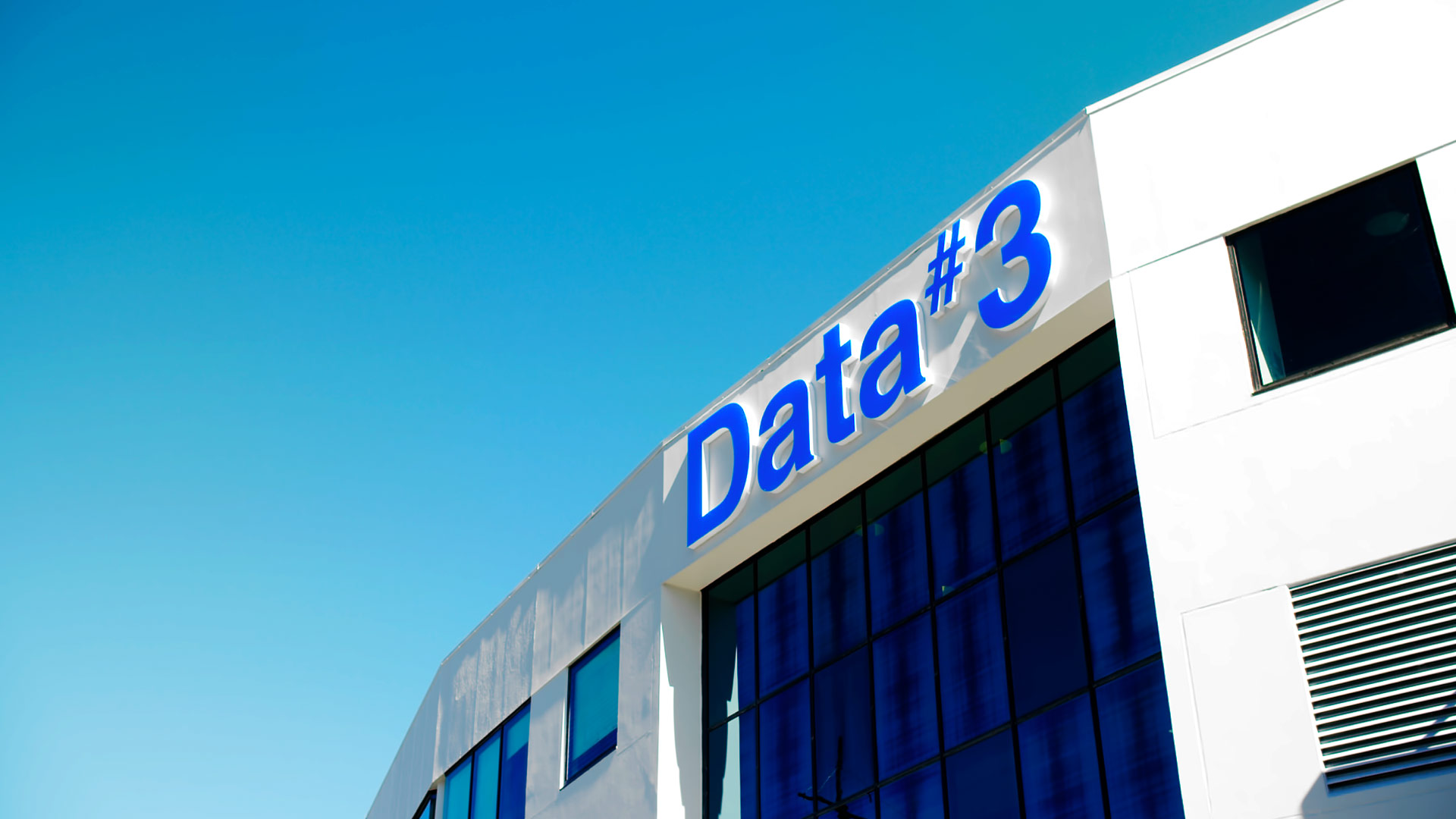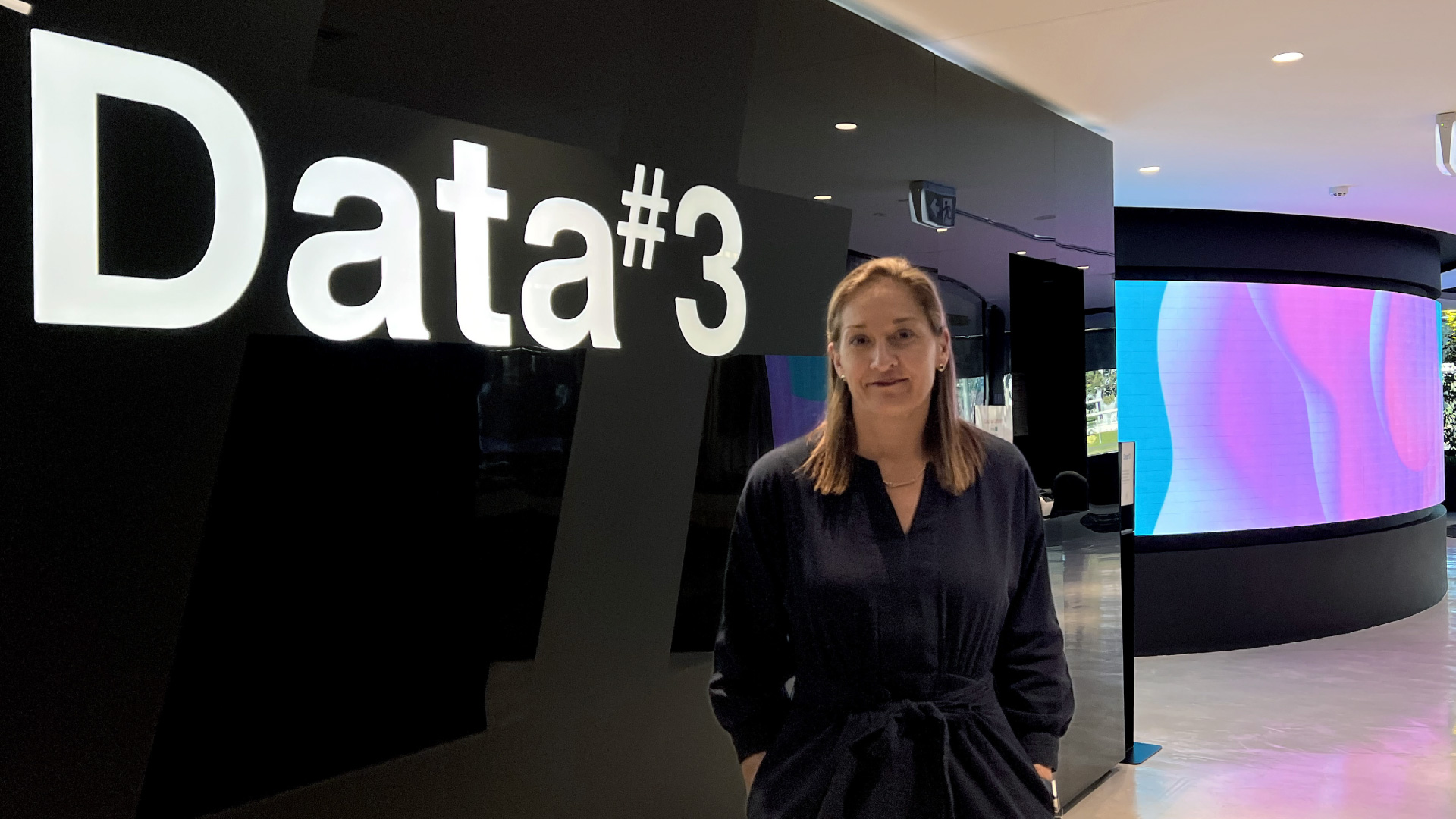Contact us
For more information please contact one of our Solution or Service experts today.
Information provided within this form will be handled in accordance with our privacy statement.

Explore how SASE is transforming the way organisations manage connectivity and security. By unifying…

Data#3 CEO, Brad Colledge, featured in a podcast by the Global IT Alliance (GITA), in which he discussed…

As hybrid work accelerates and cyber threats grow more sophisticated, Australian organisations are…

BRISBANE, 30 June 2025: Australia’s leading IT services and solutions provider Data#3 Limited (ASX:DTL)…

June 30, 2025; Brisbane, Australia: Leading Australian technology services and solutions provider,…

AI is transforming the way organisations operate – today, not tomorrow. With 75% of knowledge workers…

Today’s threats demand more than patchwork protection. Explore how Zero Trust, Secure Network,…

A new era of AI in the workplace As organisations become more accustomed to Microsoft Copilot, many are…

June 24, 2025; Perth, Australia: Data#3, a leading Australian technology services and solutions provider,…

If you’d told me 15 years ago that I’d still be working in tech, I probably would’ve raised an…

June 12, 2025; Perth, Australia: Leading Australian technology services and solutions provider, Data#3,…

In today’s world, sustainability isn’t just a buzzword, it’s a business imperative. As…

For more information please contact one of our Solution or Service experts today.

For more information please contact one of our Solution or Service experts today.
Information provided within this form will be handled in accordance with our privacy statement.